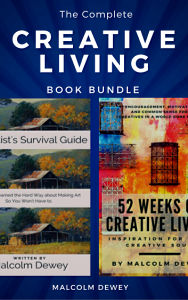|
Snow is a fascinating painting subject. In theory the colour of snow is white, however in real life it is anything but. Snow has the ability to reflect different kinds of light and creates wonderful shadows. Snow shows off natural landscape features in a mysterious and exciting way. If you want to see your landscape transformed, wait for the snow fall and a magical new landscape is created overnight. Snow has long fascinated artists and they are many examples of how artists have interpreted this enigmatic subject. In this lesson I want to focus on two particular kinds of light which you will typically find in most situations. I will discuss the colours that are appropriate in such landscapes and how you can open up your creativity and expressiveness when facing these landscapes. Let's Begin The Painting Demonstration
Light effect number one : Clear Warm Sunlight
This is probably the ideal situation where the Landscape has been covered with snow the night before. There is a sunny sky and beautiful snow covered land. As with any landscape sunrise and sunset will provide stunning light effects. It is this type of warm light that I will devote this lesson to. In this case the sunlight is also filtering through trees or is approaching distant hills. In any event the sun is at a low angle to the landscape. The effect is usually one where the sky is warmer near the horizon and the sky gradually cools down to reveal blue sky at the zenith. The typical sunrise/sunset look is apparent. The Colour and Temperature of Snow We must keep in mind at all times that snow is cold. Especially when the sun is beginning to set or is rising. We all know that the temperature becomes quite cold at that time of day. At winter time and with snow on the ground it may even be approaching freezing temperatures yet the sky is going to appear warm. The sun still does its duty and throws out warm rays of light as it rises or sets. Of course we perceive the light as warm seeing the light through the atmosphere. Since we do not have temperature to play with all we can do is try and create an effect with paint. Now it has been shown that snow in shade has a blue cast to it. Blue is the colour of cold. As artists we are fortunate to have many shades of blue to choose from. Which shade of blue do you prefer? To express the cold snow I prefer to use cobalt blue as this in my opinion is one of the coldest blues to use in this case. Snow that is touched by the rays of light on the other hand will reflect the warm rays of light and the snow will appear to be warm in colour temperature. Therefore we have to depict this with colour using warmer colours. A touch of yellow lemon with white or alizarin crimson and a little yellow to create a blushing orange are all colours that will give the illusion of warm light.
Add Expressive Colour
This extra dimension created through the use of colour is what makes the painting expressive and eye-catching. In the trees the sunlight rapidly cools down from yellows into oranges and cool reds and then into burnt sienna and dark purples and ultramarine infused colour. In the sky itself the bright yellow also continues to cool down into orange and red and then cools down further into greens and blues. This gradation of colour can be painted on first and then you can go over that with the tree shapes. You will notice that tree branches overlapping the brightest part of the sky will be influenced by the Light due to refraction. The light curves around and envelopes tree trunks and branches. In some cases you won't be able to make out the branches at all due to the brightness of the light. A lost and found effect takes place. The branches that can still be seen will appear warmer and lighter than trees and branches further away. This simple device of changing the colours of the trees overlapping the light creates an effect of radiant sunlight. You want to avoid the trap of painting a dark silhouette over the sunlight thereby creating a two-dimensional looking silhouette that is far from realistic. While this painting is expressive it still looks realistic as you can relate to the scene based on your sensory experiences of similar scenery in the past. This is the essence of impressionist painting where the impression is translated through your response to the painting into something you can understand and appreciate. Light Effect Number Two: Cool Light effect The second situation is an overcast Sky. In a light overcast sky the sky is in fact still quite bright. This is because the sunlight is striking the cloud cover from behind. We on the land can almost be compared to being in a lightbox where the opaque layer of the lightbox is bright but the light is evenly spread across the entire surface. In this case the light is bright enough to still cast shadows cast across the landscape. However there is a big change to the nature of the light . Shadows Change Because the light of the sky is considerably cooler than in the previous example the shadows will not be as cold. The shadows will become slightly warmer and take on a more neutral appearance. This could range from cool violet to warm violet. Perhaps yellow ochre or a cool purple where the shadow is at its darkest. Therefore I'm not going to use cobalt blue unless I have considerably desaturated the colour .
If your colour looks lifeless and muddy simply add more blue or more of the warm colour to bring it back to a more saturated grey. These greys are not a mix of black and white, but it's simply a way of referring to a type of neutral colour that is very similar to those found in real life.
You will notice from the demonstration video that the same scene can be completely transformed depending on the nature of the light. Therefore as an artist you have to take close note of what the light condition is at that time of day and make the adjustments necessary to communicate the light effect. It is when artists fail to note the light and simply look at the objects and then paint an imaginary scene substituting what is real for preconceived ideas what a snow scene looks like that you end up with something that looks fanciful and unrealistic. An impressionist painting will always give the feeling of reality, but contain an expressive element as well. The idea is to help the viewer feel the scene rather than simply record the accuracy of objects in the scene. This is the fundamental difference between realism and impressionism. Study the demonstration. Try out the painting for yourself. Experiment with colour. Experiment in slightly warmer shadows. With that basic rule in place you can express yourself as much as you like with colour and shape. Enjoy painting snow! Learn How to Loosen Up Your Painting Style
Pin for later ... |
AuthorMalcolm Dewey: Artist. Country: South Africa Archives
June 2024
Categories
All
FREE
|
|

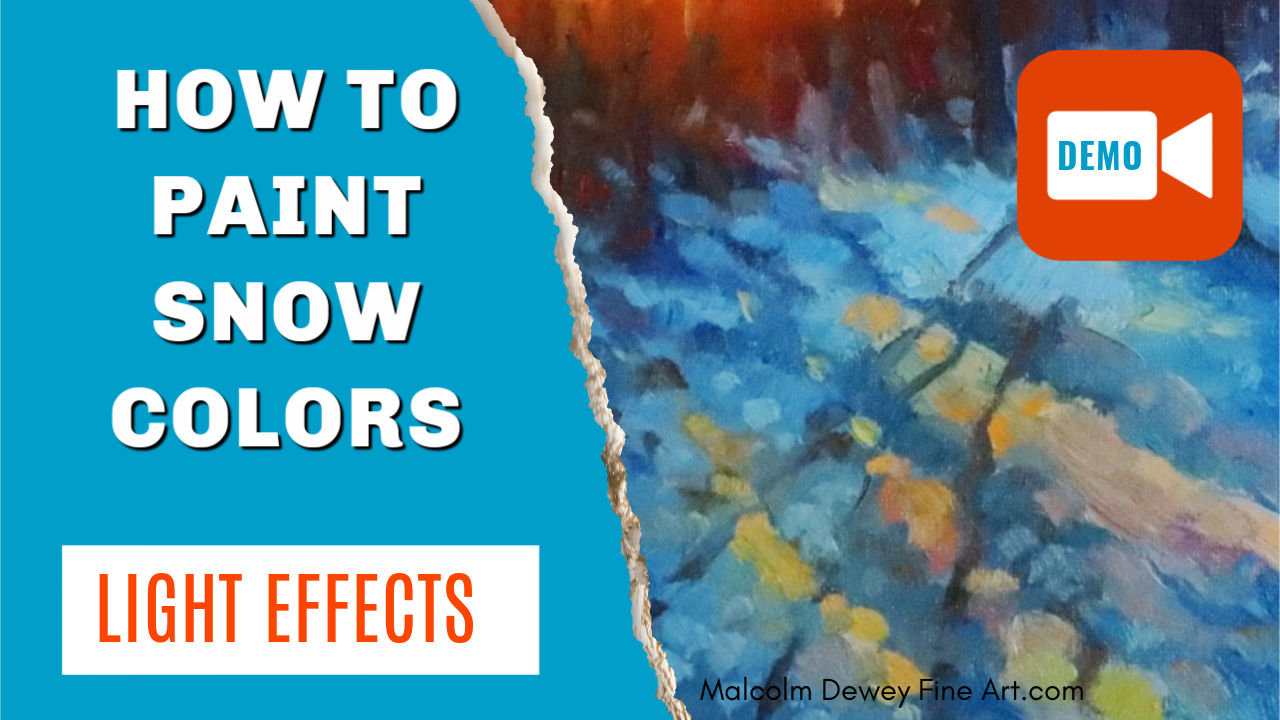
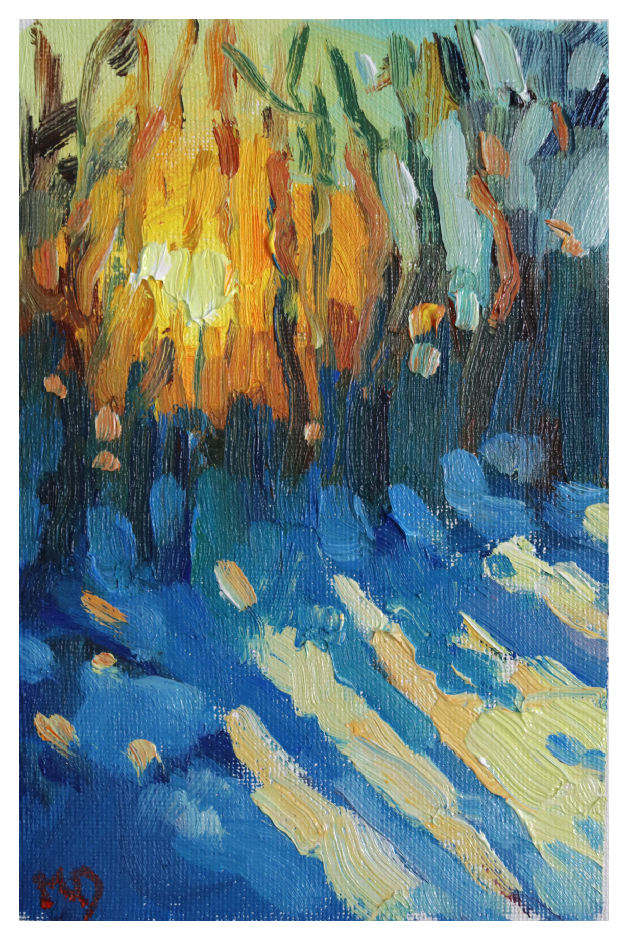
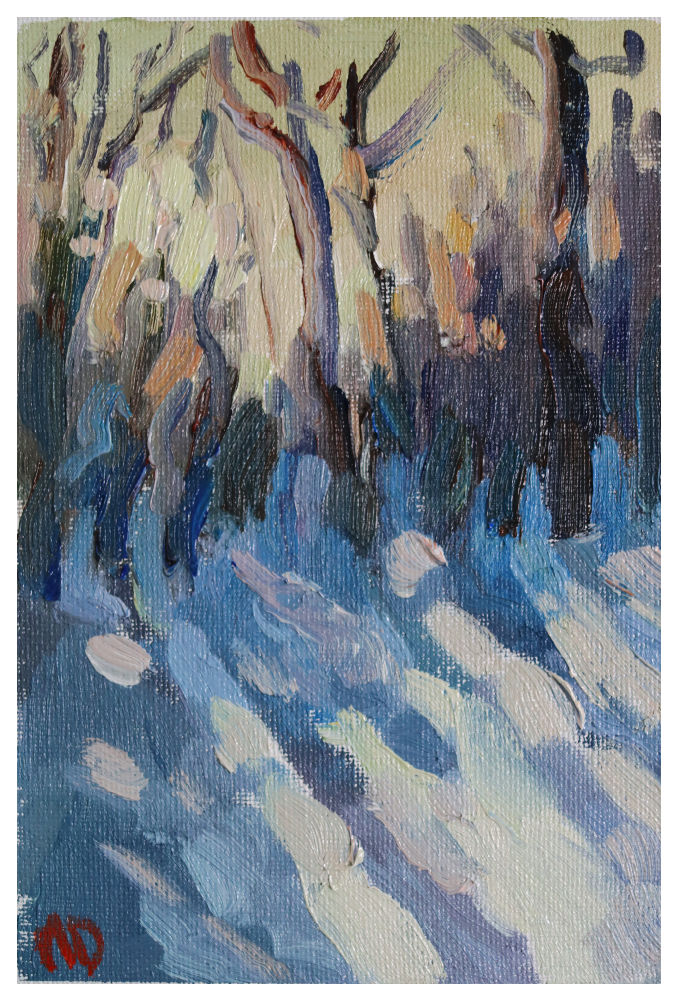
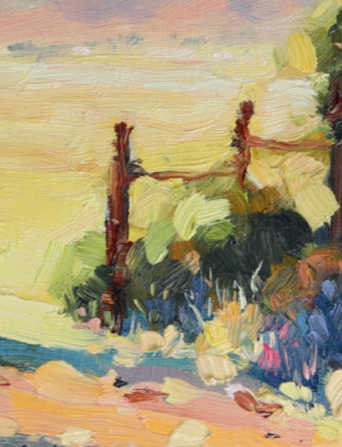
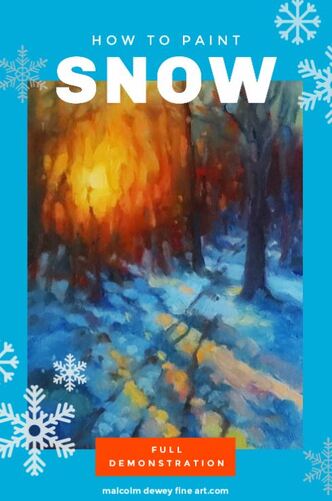
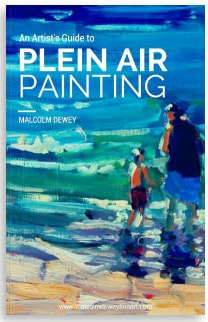
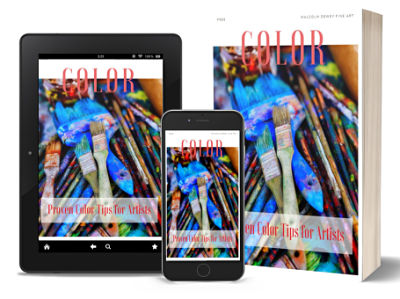
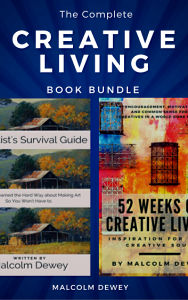
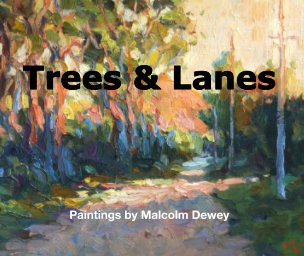



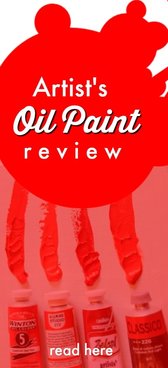
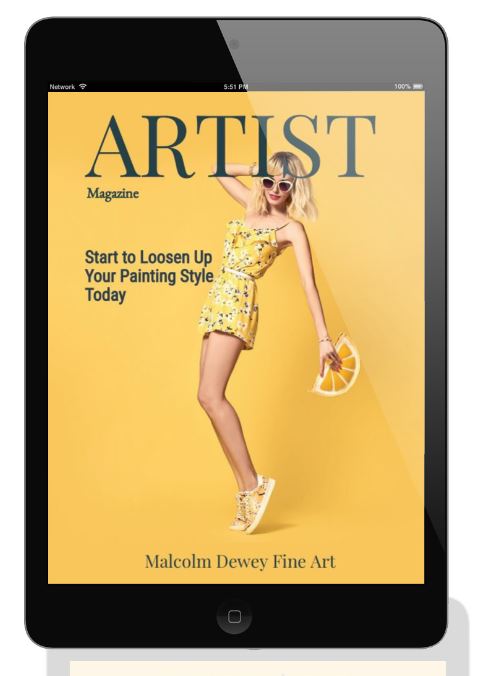
 RSS Feed
RSS Feed

